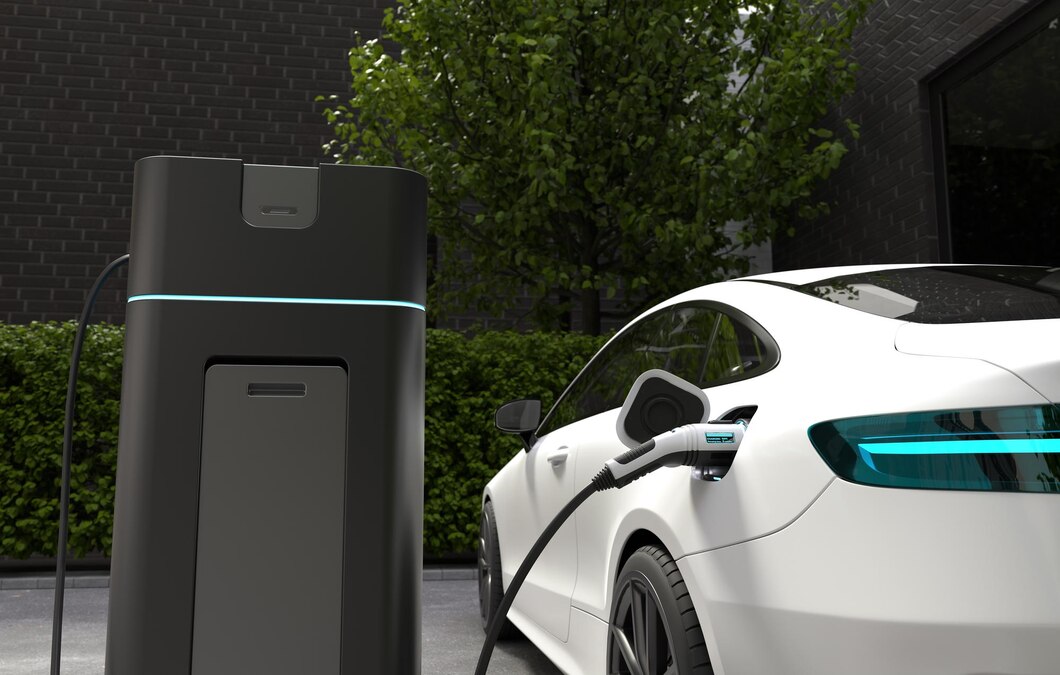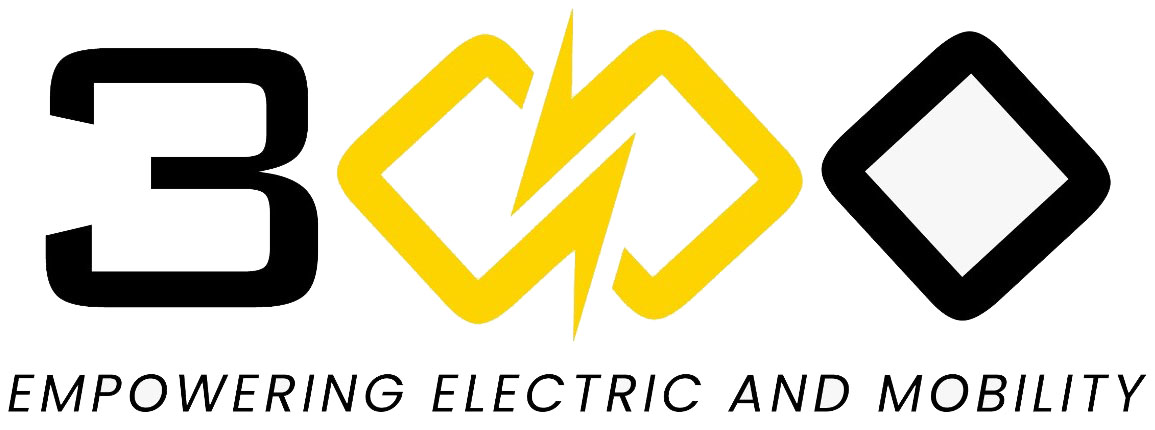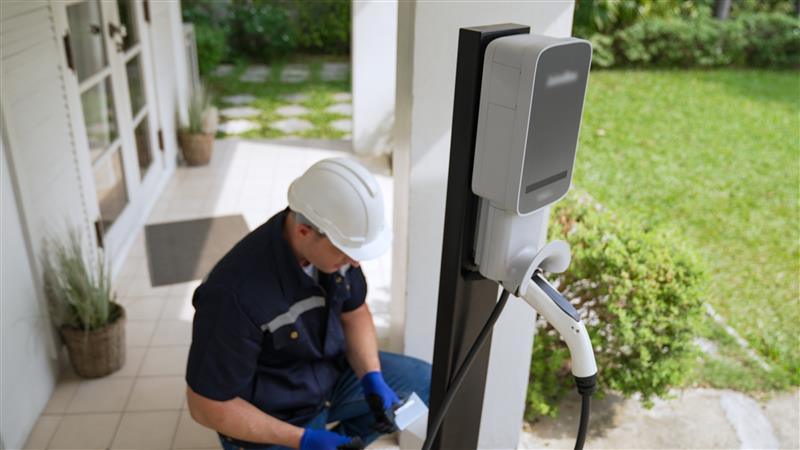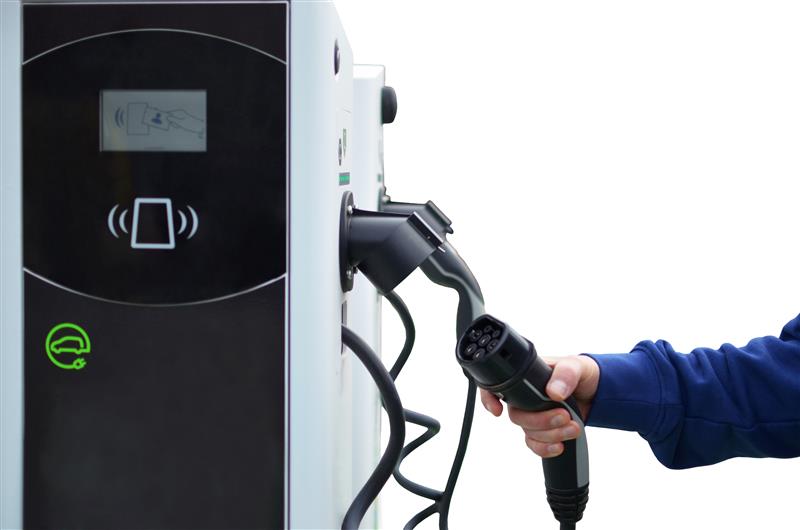
Published in:
EV Charger
Home Charging vs Public Charging: Which Is Right For You?
More electric vehicles (EVs) are hitting the roads in Singapore as drivers shift toward greener transport. A common question many owners face is: where should you charge your EV? Some prefer the convenience of plugging in at home, while others rely on public charging stations.
Your choice depends on your lifestyle, driving habits, and daily routine. In this article, we’ll explore the pros and cons of each option and explain why EV charger installation in Singapore can be a smart solution for drivers who want reliable, hassle-free charging at home.
What Is EV Charging?
Charging an electric vehicle (EV) works differently from refuelling a petrol car. Instead of filling up in minutes, charging depends on the type of current used: AC (Alternating Current) or DC (Direct Current).AC Charging
AC charging is the most common method and uses the same type of power supplied by the grid. When you plug in using AC, the car’s internal converter changes the electricity from AC to DC so it can go into the battery. This converter has a limit, called the onboard charging limit, and it varies from car to car. So, even if you connect to a 22kW AC charger, a car with an 11kW onboard limit will only draw 11kW. That’s why people often refer to AC charging as slow charging. But it’s steady, reliable, and usually used at home or at longer-term parking spots.DC Charging
DC charging skips the onboard converter and sends power straight into the EV battery. The charger itself handles the AC to DC conversion, which lets it bypass the car’s onboard limit. This allows much faster charging—especially helpful during long trips or quick stops. EVs still have a DC charging limit, but it’s usually much higher than the AC limit. That’s why DC chargers are often called fast chargers. They can quickly charge a battery in less time.Home Charging: Plug in at Your Pace
Charging at home lets you take full control. You do not need to queue. You just plug in your car when you get home. It charges while you sleep. Then you wake up to a full battery.Why Choose Home Charging?
- Easy Routine: Just plug in after parking.
- No Waiting: Your charger waits for you, not the other way around.
- Full Control: Pick the time and speed you want.
- No Outside Hassle: Avoid queues or searching for free spots.
Public Charging: Use It When You Are Out
Public EV chargers are provided in many places—malls, offices, carparks, and more. They help people who cannot charge at home or are out driving for the day. You can charge your car while shopping or during work hours. But you may need to wait or book your spot.Why Use Public Charging?
- Found Everywhere: Near places you plan to visit.
- Great for Flats: Best for those without private parking.
- Fast Charge Options: Many use DC chargers to charge up quickly.
| Feature | Home Charging | Public Charging |
| EV charger registration fee | Ranges between $150 to $750 | |
| Maintenance and Inspection Cost | $250 | $450 (Yearly) |
| Charging Speed | Limited by power supply | Often fast with DC options available |
| Access | Only at your home | Found all over town and heartlands |
| Availability | Always ready for you | May be busy or full |
| Schedule | Charge when you want | May follow time rules i.e. has an idling fee imposed |
| Electricity Cost | Comes with your home bill | Costs more |
| Setup | Needs installation | Already built and running |
| Best For | Private home owners | HDB or drivers on the move |
Let Us Compare: Home vs Public Charging
Here is a table that shows how both choices stack up:This gives you a quick picture of what each charging style offers.What Should Singapore Drivers Think About?
1. Where Do You Live?
- Your home type matters a lot. People living in private landed residential homes or cluster housing may have space to set up their own charger. If you live in an HDB flat, you may not get that chance. Hence, public chargers help fill the gap.
- Singapore’s EV charging solutions keep growing, so you may soon see more public stations even near HDB blocks.
2. How Often Do You Drive?
- Think about your daily drive. If you travel less than your car’s available electric range km a day, a home charger gives you more than enough power.
- If you drive far, or at odd times, public chargers may suit your routine better. You can stop by a charger when running errands or on long trips.
3. Do You Want Freedom or Flexibility?
- Home charging gives you freedom. You do not need to rely on anyone else. You set your own schedule.
- Public charging gives flexibility. You do not need to install anything. You can choose where and when to charge—but you may need to wait or book a slot.
How Does EV Charger Installation Work?
EV charger installations in Singapore follow a clear and structured process, with safety and compliance at the centre of each step. Installing a home charger requires more than just plugging in a cable. You must engage a certified installer who will review your home’s power system and prepare it for charging. The process usually includes:- A site visit to assess your home’s electrical capacity
- Recommending a suitable charger location and checking if upgrades are needed
- Installing the charger, testing it, and completing the LTA registration
What Are the Costs and Responsibilities?
Choosing between home and public charging comes down to your lifestyle and how much control you want. A home charger involves upfront costs and some ongoing care, but usually results in lower long-term charging expenses. Public charging avoids setup but often comes with higher per-use rates. Here’s what you typically manage with a home charger:- Installation cost, LTA charger registration, and potential electrical upgrades
- Paying for electricity through your regular home utility bill
- Handling basic maintenance, like inspections and safe use of the charger
How Reliable Are Home and Public Chargers?
Both home and public chargers offer strong performance when installed and maintained by professionals. They are core parts of well-designed EV charging solutions across Singapore. Home chargers often experience fewer problems because they operate in a private space and are only used by the owner. They are less likely to suffer from weather exposure or misuse. When checked regularly and used properly, they can last for many years with minimal interruptions. Key advantages of home chargers include:- Fewer users, reducing wear and unexpected damage
- Controlled environment, limiting exposure to water or dust
- Simple maintenance routines that help prevent long-term issues




